Datsun Redigo review, road test
This stylish offering stands tall in the budget hatchback segment.
Published on Sep 12, 2016 07:00:00 AM
62,435 Views
Follow us on

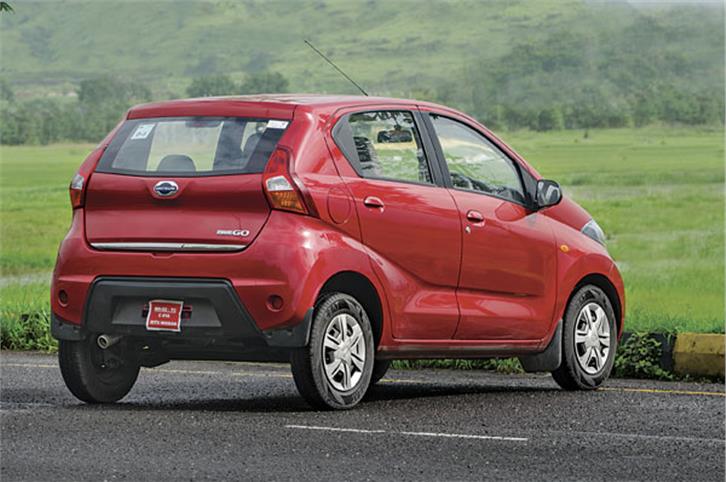
For its sub-three-lakh rupee price, the Redigo is very stylish.
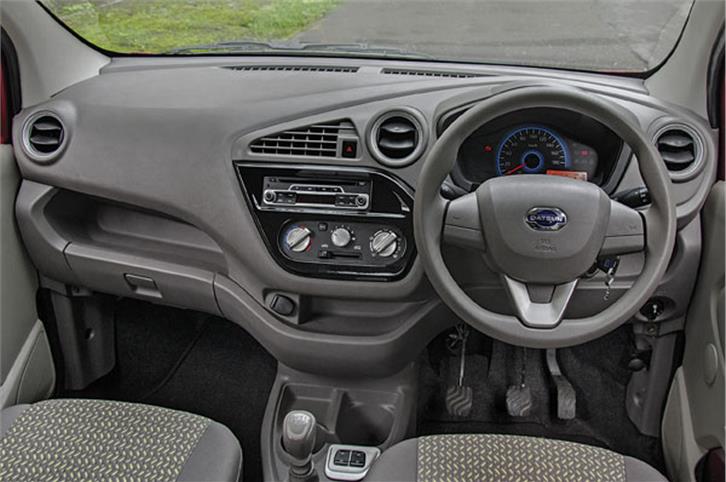
The dashboard design is funky yet functional. Steering wheel is nice to touch and hold.
First things first, thanks to its tall boy design even elderly folk will find it easy to get in the Redigo as it doesn’t require them to crouch. Once inside, the cabin feels bright and airy thanks to the expansive glass area and the use of light-coloured materials. The high roofline also gives it a feeling of roominess.
Datsun uses the term ‘Gereige’ to describe the colour theme, which quite simply is a combination of light grey and beige. The dashboard is actually smartly designed and looks quite pleasing. The designers have once again worked their magic with cuts and creases while the accountants have kept a check on the quality of materials and equipment used. The small steering wheel feels, with soft plastic material and thumb contours, great to hold, although pressing the smart-looking central boss will elicit a rather flat ‘peep’ from the single horn. Even the gear stick has a nice rubberised feel to it. What’s interesting is the fixed central air-con vent which is designed to channelise airflow towards the rear passengers.
The front seats with integrated headrests are comfortable enough to accommodate people of larger frames and there is some side bolstering too. Taller drivers will like the long, flat front seat base which provides some under-thigh support. The seat cushioning is soft and comfortable for short journeys but this same softness can lead to a backache on longer journeys.
Drivers will enjoy a good view of the road ahead since the seats are placed higher than the competition. Still, we felt that the seats could have been placed higher still, especially because of the sheer amount of headroom available. Visibility from the tiny interior mirror is limited due to the short rear windscreen and new drivers could take some time getting used to this while reversing.
Ergonomics for taller drivers could have been better though. The power window switches feel like an afterthought as they are positioned near the gear lever and require the driver to stretch to access them. In my driving position, the MID was partially blocked from my field of vision. Speaking of which, this car gets a digital fuel gauge, trip meter, average and real-time fuel efficiency, odometer, gearshift indicator, and is the only car in its segment to get a tachometer.
However, the Redigo’s equipment list is quite scanty and even the much cheaper Tata Nano trumps it with features like fog lamps, intermittent wipers, wipe function after using the windscreen washers, central locking and Bluetooth connectivity. What it gets instead is a CD player with aux, USB and two front speakers (one of which was faulty during our test) with a remote control, front power windows, power steering and a driver airbag. What’s notable is that the air-con did a very competent job of keeping the cabin cool at all times.
There are useful storage bins across the cabin to stow away knick-knacks. There’s space below the steering wheel and dashboard centre fascia, above the glovebox, a cupholder and a large bottleholder besides it. The glovebox is tiny though and can barely fit a notebook or two. What’s nice is the flat area beneath the handbrake that can be used to store small items like a wallet or keys. Speaking of the handbrake, the Redigo gets a conventional lever rather than the ‘pull-type’ lever present in the Go twins. The door bins are really slim though and can’t hold anything more than a couple of magazines.
Stepping into the back seat, the sense of space continues. The rear bench is flat and offers adequate under-thigh support, but tall passengers are going to find the fixed neck restraints protruding into their nape. Two average-sized persons can sit one behind the other in the Redigo, but if either of them is a six-footer, the rear-seat occupant is going to find the front seatback jutting into his knee. The non-retractable rear seat belts made their debut on the Kwid and now find their way into this car. Our opinion doesn’t change; this is probably something they should not have skimped on. That brings me to the other negative. While the exposed body panels don’t really bother you that much in the front, the absence of panel cladding at the rear is glaringly evident. It feels bare and keeps reminding you that this car is built to a cost.
There’s no storage space for rear passengers and the parcel tray is an optional extra that is screwed in place and cannot be removed easily when the need arises. The boot’s loading lip is unusually high and with the parcel tray in place, the mouth becomes even smaller, which makes it difficult to slide in larger luggage items. At 222 litres, the Redigo’s boot is larger than the Alto 800’s but much smaller than the Kwid’s. For additional luggage space, the rear seats can be folded and the backrest can be removed as well, to get a completely flat floor.
Copyright (c) Autocar India. All rights reserved.

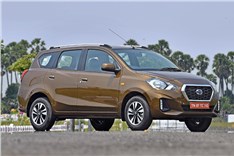
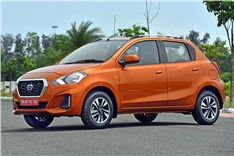

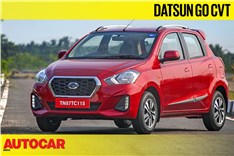

Comments
Member Login
Personal Details
No comments yet. Be the first to comment.